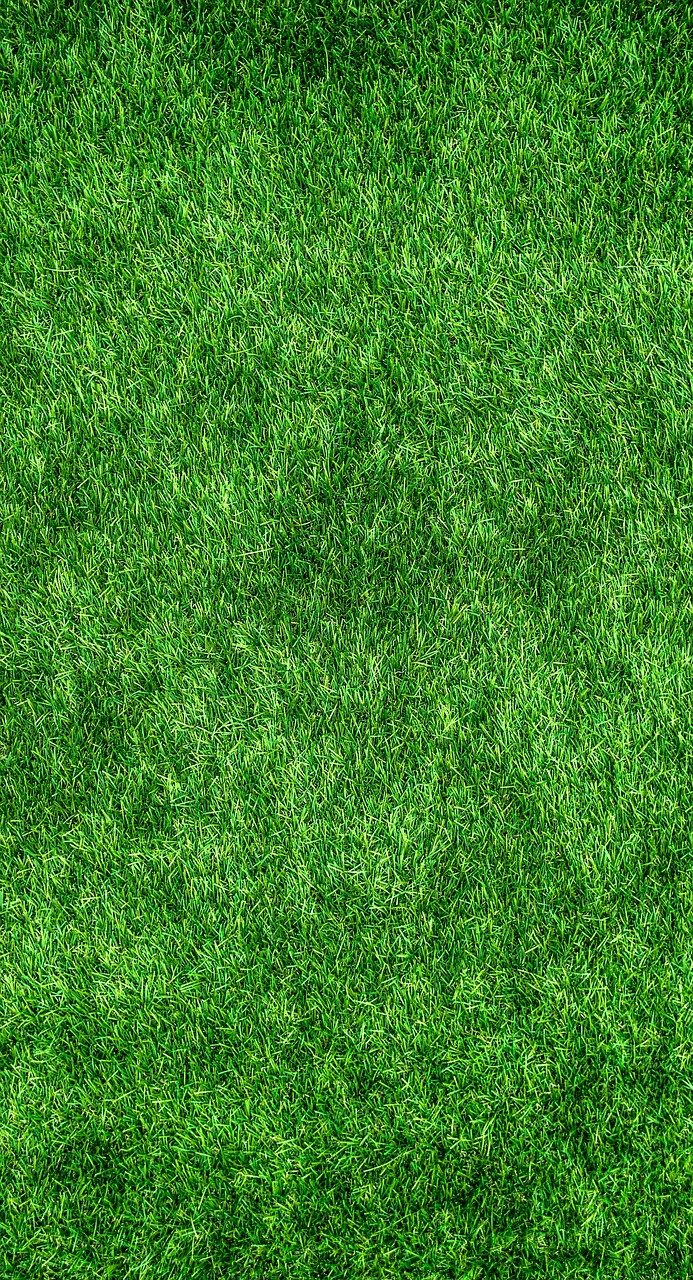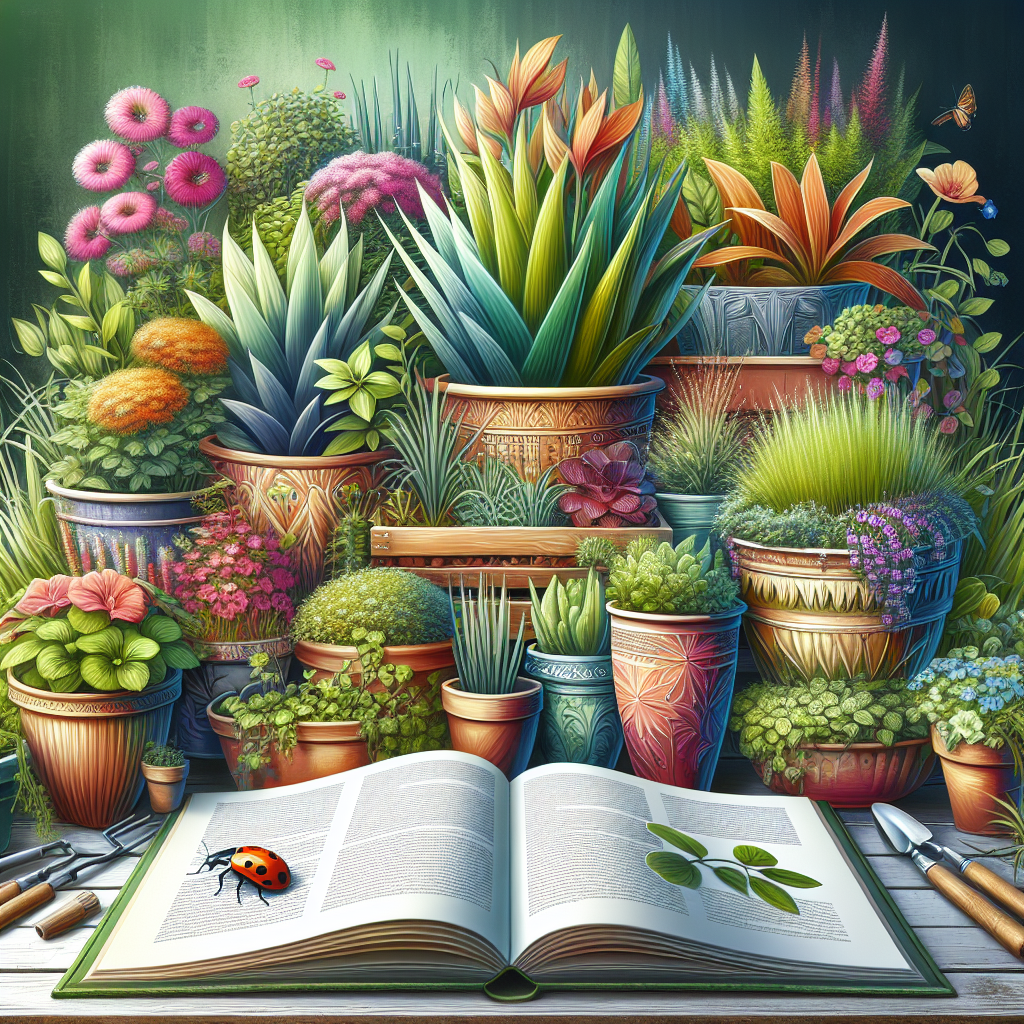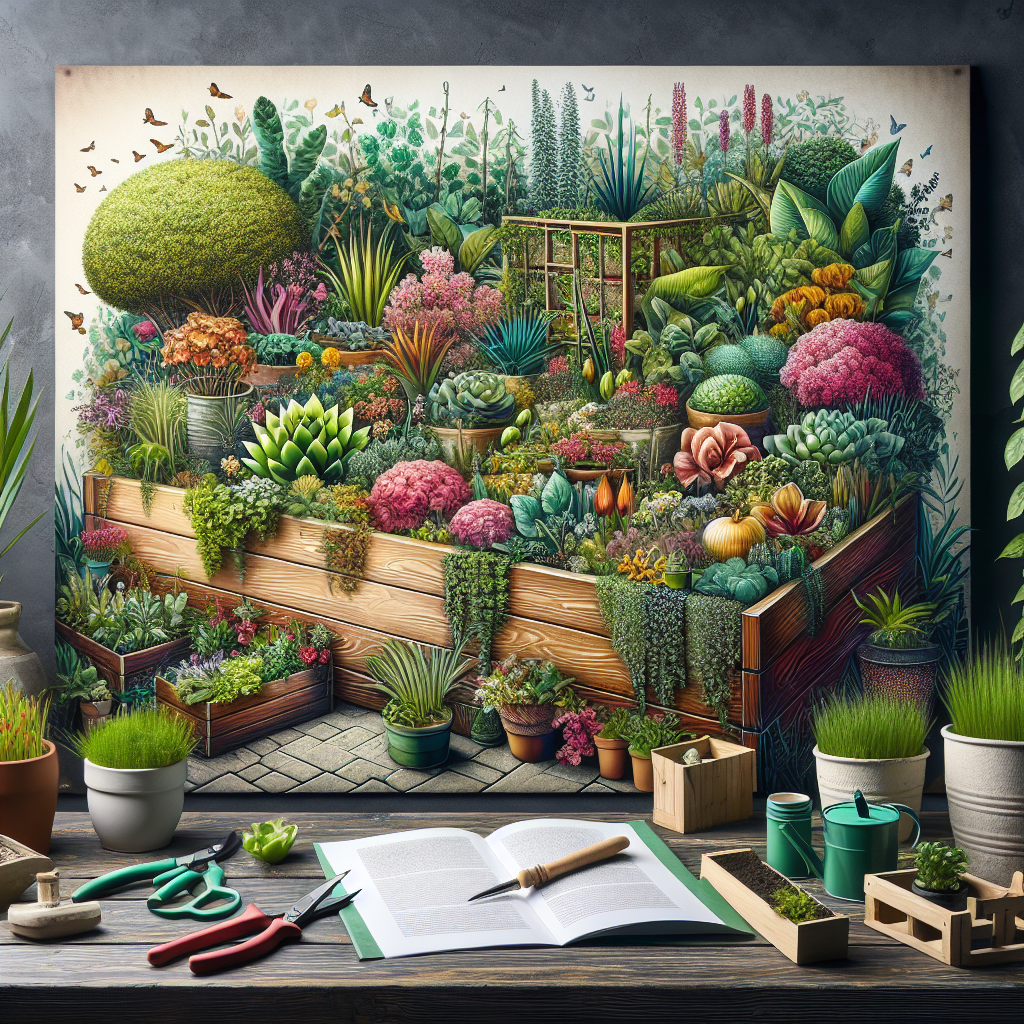
Imagine transforming your outdoor space into a vibrant oasis, bursting with color and life. In this article, discover the secrets to creating a lush container garden specifically designed for Zone 7b. From choosing the perfect plants to selecting the ideal containers and providing proper care, you will learn everything you need to know to bring a touch of paradise to your own backyard. Get ready to immerse yourself in the world of container gardening and watch as your outdoor space blossoms into a magnificent haven that will leave your neighbors green with envy.

Choosing the Right Containers
When it comes to choosing containers for your garden, there are a few factors to consider. First, think about the material of the container. You’ll want to select materials that can withstand the elements and are resistant to cracking or fading. Popular options include terra cotta, ceramic, plastic, and wood. Next, consider the appropriate sizes for your plants. Containers should be large enough to accommodate root growth, but not so big that they overwhelm the plants. Finally, ensure that the containers have proper drainage holes to prevent waterlogged soil and root rot. This will promote healthy plant growth and prevent water from pooling in the container.
Selecting the Right Plants
Choosing the right plants for your container garden is essential for success. Start by researching the plant hardiness zone of your area (in this case, Zone 7b) to ensure you select plants that can thrive in your climate. Next, consider the sunlight requirements of the plants you wish to grow. Some plants thrive in full sun, while others prefer partial or full shade. Be sure to group plants together that have similar sunlight needs. Additionally, choose plants that are compatible with each other in terms of their growth habits and water requirements. Lastly, think about the color and texture of the plants. Mixing different colors and textures can create a visually appealing container garden.

Preparing the Container
Proper preparation of your containers is crucial for the health of your plants. Start by cleaning and sanitizing the containers to remove any lingering dirt or pests. This will help prevent the spread of diseases and ensure a fresh start for your plants. Next, add a layer of drainage material, such as rocks or broken pottery, to the bottom of the container. This will aid in proper water drainage and prevent the soil from becoming waterlogged. Use a high-quality potting mix that is well-draining and rich in nutrients. Avoid using regular garden soil, as it can become compacted and hinder plant growth. For an added boost, consider adding slow-release fertilizer to the potting mix to provide ongoing nutrition for your plants.
Planting Technique
When it comes to planting in containers, proper technique is important for the longevity and health of your plants. Start by positioning your plants in the container, taking into account their mature size and growth habit. This will help ensure that they have enough space to thrive and won’t overcrowd each other. Plant each plant at the appropriate depth, following the instructions on the plant tag or label. Leave enough spacing between plants to allow for proper air circulation and prevent the spread of diseases. After planting, be sure to water thoroughly to settle the soil and provide hydration to the roots. Finally, mulch the soil surface with a layer of organic material, such as wood chips or shredded bark, to help retain moisture and suppress weeds.

Watering and Care
Establishing a watering routine is key to maintaining a healthy container garden. Monitor the soil moisture regularly and water when the top inch of soil feels dry. Avoid overwatering, as this can lead to root rot and other plant health issues. It’s important to strike a balance between keeping the soil moist and allowing it to dry out slightly between waterings. Regularly check for pests and diseases, such as aphids or powdery mildew, and take appropriate action if necessary. Remove any dead or diseased plant material promptly to prevent the spread of diseases. Regularly inspect your plants for signs of stress or nutrient deficiencies and address them accordingly.
Managing Sun Exposure
Understanding the sun exposure requirements of your plants is essential for their overall health and well-being. Some plants thrive in full sun, meaning they require at least six hours of direct sunlight per day. Others, however, prefer partial shade or full shade. If certain plants in your container garden require shade, consider providing shade cloth or moving the containers to areas with less direct sunlight. Alternatively, if your plants require more sunlight, regularly move your containers to optimize their exposure. To protect your plants from extreme heat, consider providing shade during the hottest parts of the day or using reflective surfaces to deflect sunlight.

Fertilization and Nutrient Needs
Proper fertilization is essential to provide your container plants with the necessary nutrients for healthy growth. Choose a fertilizer specifically formulated for container plants, as these typically provide the right balance of nutrients. Follow the recommended fertilization schedule for the plants you’re growing, as different plants have different nutrient requirements. Avoid over-fertilization, as this can lead to salt buildup in the soil and damage the plants. Additionally, consider supplementing your container mix with organic matter, such as compost or well-rotted manure, to improve soil fertility and promote microbial activity.
Pruning and Deadheading
Understanding the growth habits of your plants will help guide your pruning efforts. Some plants naturally have a bushy or spreading growth habit, while others grow more upright or vine-like. Prune your plants for shape and size maintenance, removing any dead or damaged branches. Additionally, deadhead your flowering plants regularly to encourage continuous blooming. This involves removing spent flowers to redirect the plant’s energy towards new flower production. Dispose of any pruned material properly, either by composting or discarding it in an appropriate waste container.

Dealing with Seasonal Changes
As the seasons change, it’s important to adapt your container garden accordingly. In Zone 7b, where winters can be frosty, protect your plants from freezing temperatures by covering them with frost blankets or bringing them indoors if possible. Similarly, in hot summer conditions, provide shade or move your containers to areas with more shade to prevent heat stress. Choose appropriate plants for each season, considering their cold-hardiness or tolerance to heat. Finally, consider techniques such as using row covers or cloches to extend the growing season and enjoy your container garden for a longer period of time.
Overwintering Container Plants
In colder climates like Zone 7b, overwintering container plants requires special attention. Select cold-hardy plants that can withstand freezing temperatures and harsh conditions. Insulate your containers by wrapping them with burlap or bubble wrap to provide some protection against the cold. If temperatures become extremely frigid, consider moving your plants indoors to a cool and bright location, such as a garage or basement. During dormancy, provide minimal care to your plants, watering sparingly and avoiding fertilization. With proper care, your container plants can survive the winter and thrive once the warmer weather returns.
Creating a lush container garden in Zone 7b is an achievable goal with the right planning and care. By selecting the right containers, plants, and materials, preparing the containers properly, and following best practices for planting, watering, and care, you can create a thriving and visually appealing container garden. Understanding the specific needs of your plants, managing sun exposure, providing adequate nutrition, and implementing proper pruning techniques will further contribute to the success of your garden. Additionally, adapting to seasonal changes and taking steps to overwinter your container plants will ensure their survival and longevity. With attention to detail and a little bit of green thumb, you can enjoy a bountiful and beautiful container garden year after year.





